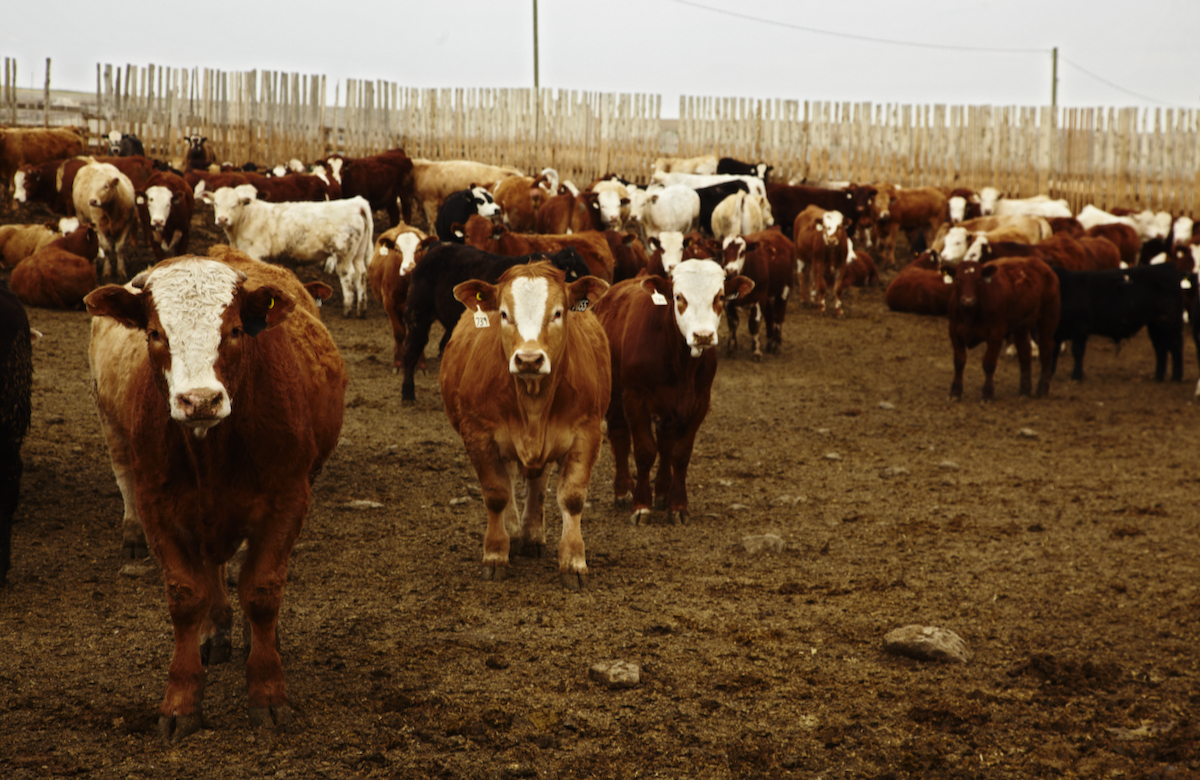Western Canadian feeder cattle prices were very uneven over the past week. Market reports from the major feeding regions reflected values steady to $3 higher, while other reports were steady to $5 lower.
Gains were noted on cattle under 500 pounds, such as in central Alberta, where a small group of exotic and Charolais-based steers from 400 to 425 lbs. sold for $360 to $370. However, in the Saskatoon area, mixed steers with no special features averaging 750 lbs. traded in the range of $240-$245. Feedlot operators are factoring in softer fed cattle prices, resulting in the weaker tone for feeders, especially on shorter-keep cattle.
Read Also

U.S. livestock: Cattle at fresh highs, hogs weaken
Cattle futures on the Chicago Mercantile Exchange climbed to fresh highs on Tuesday, as tight supplies and the ongoing closure…
U.S. feeder cattle prices were $10 to $15 lower for the second week in a row, adding to the defensive sentiment among buyers. Feedlot operators don’t want to give back all their equitable gains over the past year and are reining in spending due to extreme uncertainty in the fundamental equation for 2015.
Wholesale beef prices have come under pressure, dropping nearly $20 over the past couple weeks. Restaurant spending moves through a seasonal low in January and February, so this is not overly surprising. U.S. exports will slow down with the greenback reaching 11-year highs, which could temper consumer spending and beef demand longer-term. Fed cattle in southern Alberta destined for the U.S. were trading in the range of $180-$183 but local packers were relatively quiet, buying minimal volumes.
The Jan. 1 U.S. cattle inventory report was bearish longer-term for the cattle complex. U.S. cattle producers have responded to the higher prices and it appears the supply crunch is over. The year-over-year increases had the calf crop up one per cent; beef cows up two per cent; and replacement heifers up four per cent. I’m expecting third- and fourth-quarter beef production to come in larger than earlier anticipated.
The environment is poised for softer feeder cattle prices in Western Canada. If we see a correction in the Canadian dollar, feeder cattle prices will sharply deteriorate, so producers should be aware of this risk.
— Jerry Klassen is a commodity market analyst in Winnipeg and maintains an interest in the family feedlot in southern Alberta. He writes an in-depth biweekly commentary, Canadian Feedlot and Cattle Market Analysis, for feedlot operators in Canada. He can be reached by email at [email protected] for questions or comments.
















